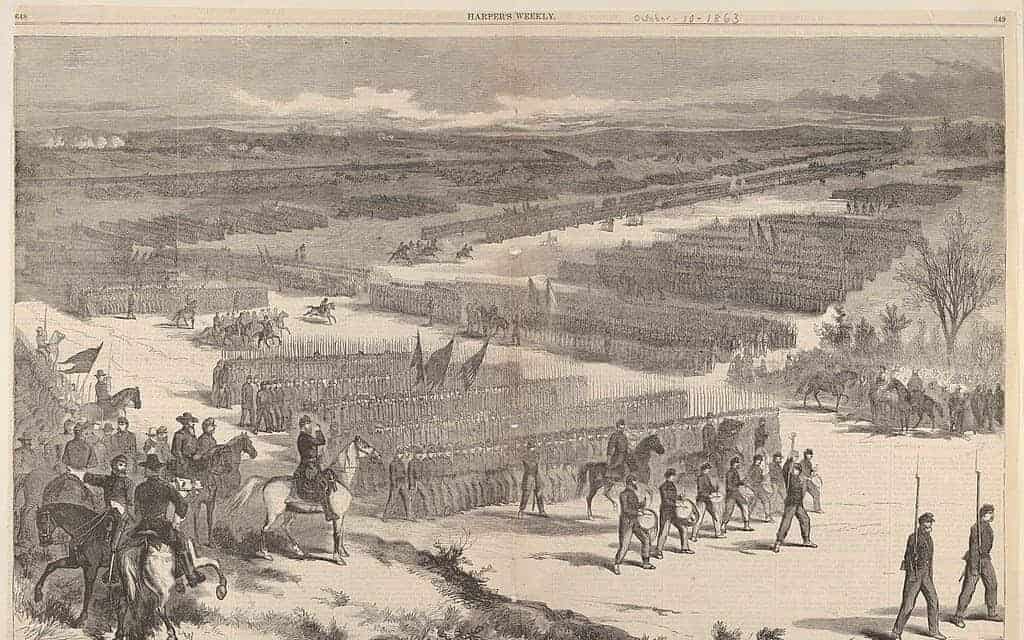
Veterans of the American Civil War
The American Civil War saw over 360,000 Union soldiers killed in the conflict, many of them from the diseases which riddled army encampments up until the twentieth century, when medical knowledge and personal hygiene and diet improved. The War Department had a pension system for widows and disabled soldiers in place early in the war. But that didn’t mean that the federal government had improved its procedures for the care of its veterans and their families. If anything, the enlarged federal bureaucracy made it even more difficult for veterans to receive their benefits.
In 1862, after the bloody battles at Bull Run, Shiloh, Antietam, and others, it was evident that the war was going to be long and the cost in terms of human lives and suffering almost immeasurably high. By the end of that year the pension office of the War Department had only honored 7% of the applications for survivors or disabled person pensions. The system was so slow and so complicated that the pension office could admit to having received and processed 46,000 pension applications two decades after the war. Since there were more than one million eligible for some form of pension (veterans, widows, and orphans) that number reflects less than 5% receiving their benefits.
In 1862 a private who was considered to be totally disabled (itself difficult to assess as the disability was considered in the context of the person’s profession or trade as a civilian) received a pension of eight dollars per month, roughly $180 today. As the war lengthened and the casualties demanded increased recruiting, the amount of the pension promised to soldiers who volunteered to serve increased, but the process of actually receiving the money grew more complex and lengthy. Pensions began at the time the application was received and processed, meaning months and even years could pass before the veteran received any assistance.
In 1879 Congress passed the Arrears Act, which provided a lump sum payment for time between honorable discharge and the beginning of monthly payments, which helped the veterans receiving the payment, but increased the strain on the system because of the influx of new applications for benefits. Veterans still were burdened with providing proof of service related disability, not so difficult with some injuries, but difficult in the extreme in others, such as deafness and rupture. In 1890 the Dependent Pension Act extended pensions to all disabled Civil War veterans with honorable discharges and more than ninety days of service.
The 1890 Act resulted in another huge increase in the number of pension applications as many veterans transferred their existing pensions to the new system, which paid a higher amount. The situation led to veteran’s pensions, which still didn’t cover all veterans, only the disabled, to totaling just under 40% of the government’s annual revenue. As pensioners, their widows, and their orphans gradually died, the amount was reduced. The last Union soldier drawing a pension died in 1956. Another effect on American history caused by Civil War pensions was that political positions of candidates towards veteran’s care became major factors in election campaigns.

